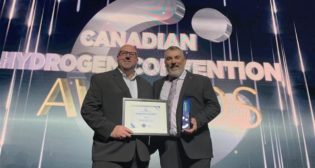
Transit Briefs: Amtrak/FRA, MBTA, SEPTA, Rogers
Written by Marybeth Luczak, Executive Editor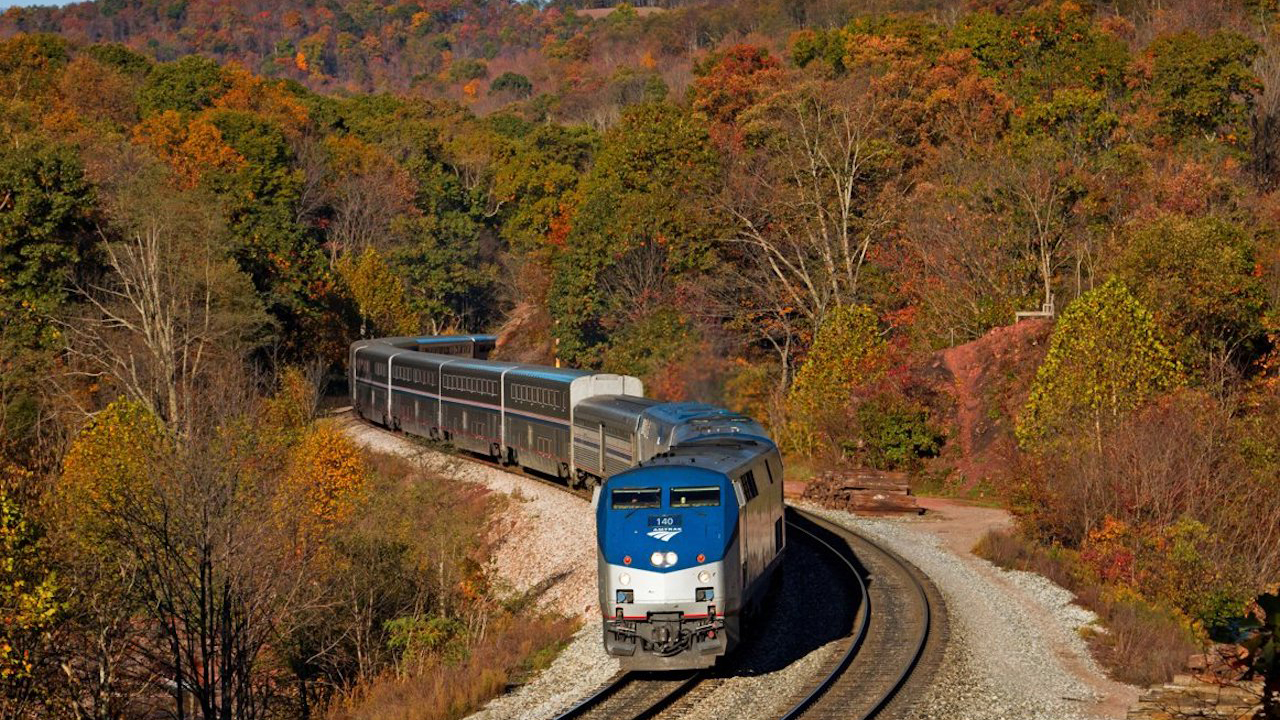
The FRA recently concluded a series of six working group meetings “to inform and collaborate” with stakeholders across the country on the department’s Amtrak Daily Long-Distance Service Study.
Common themes emerge from the Federal Railroad Administration’s (FRA) stakeholder meetings studying the restoration and expansion of Amtrak long-distance passenger rail services. Also, the Massachusetts Bay Transportation Authority (MBTA) purchases Widett Circle for a new commuter rail layover yard; Southeastern Pennsylvania Transportation Authority (SEPTA) issues a proposed FY 2024 capital budget and 12-year program; and Rogers Communications plans to bring full 5G connectivity services to the Toronto Transit Commission’s (TTC) subway system.
The FRA on April 6 reported concluding a series of six working-group meetings “to inform and collaborate” with stakeholders across the country on its Amtrak Daily Long-Distance Service Study. Mandated by the Bipartisan Infrastructure Law, this study is slated to evaluate the restoration of daily passenger rail service along discontinued long-distance routes and current long-distance routes that operate with less than daily service. According to FRA, the study will also open possibilities for establishing new long-distance routes and bolstering intercity passenger rail connections, especially in rural areas.
During these working group meetings, local officials, state departments of transportation, Amtrak, Class I railroads, metropolitan planning organizations, regional passenger rail authorities, and other stakeholders reviewed the study’s requirements as well as existing and discontinued long-distance passenger rail services. Meeting participants also discussed the potential economic benefits of new passenger rail connections, options for advancing evaluations of potential routes, and how Amtrak and communities can “work together to improve use of intercity passenger rail service along long-distance routes,” FRA said.
Amtrak currently operates 15 long-distance trains, ranging from approximately 760 to 2,500 miles. Long-distance trains provide service at nearly half of the 500 train stations in the Amtrak system. Between March 2020 and March 2022, long-distance routes served more than 4.8 million riders. In the seven-months that followed, long-distance routes served more than 2.5 million riders—more than half the ridership of the previous two years combined.
“More routes, more frequent trains, better serving disadvantaged communities and improving connections with other transportation modes were some common priorities for long-distance rail across six geographic regions,” according to the FRA’s meeting summary, Smart Cities Dive reported April 10.
According to the media outlet, the meetings discussed routes in the Northeast, Southeast, Midwest, Central, Northwest and Southwest regions:
- “Northeast: Discussions centered on routes serving higher-than-average disadvantaged populations, outreach to unsupported communities, more east-west service, increased train frequency and the possibility of international service to Canada.
- “Southeast: The working group looked at how to attract new riders, reestablish discontinued service, provide rail service along the I-20 corridor, add east-west routes, address delays on existing service and connect riders to national parks. The group also discussed tourism and connectivity with ride-hailing services and other first- and last-mile solutions.
- “Midwest: Talks included increasing the frequency of service on existing routes, resuming service on two discontinued routes and expanding service from Chicago to Kansas City and beyond. The group also looked into the number of large and small communities that a route would connect with.
- “Central: Concerns for this group included communities that do not currently have intercity rail or other long-distance transportation and the number of rural, small and large communities a route would serve. The group also favored twice-daily trips on all long-distance routes, more north-south connections and better connections to universities, military bases and other activity centers.
- “Northwest: Service to rural areas was also a concern for this group, along with routes serving areas with higher-than-average disadvantaged populations. Economic development around stations was also discussed.
- “Southwest: Discussions included promoting the climate benefits of rail travel, advertising Amtrak to major destinations and events and how to improve station sites and connections.”
Smart Cities Dive noted that more meetings will be held this summer, focusing “on a shortlist of possible new routes, followed by meetings in the fall to review the highest-priority routes. A fourth round of meetings will look at recommended actions.” Engagement is expected to conclude by the end of 2023.
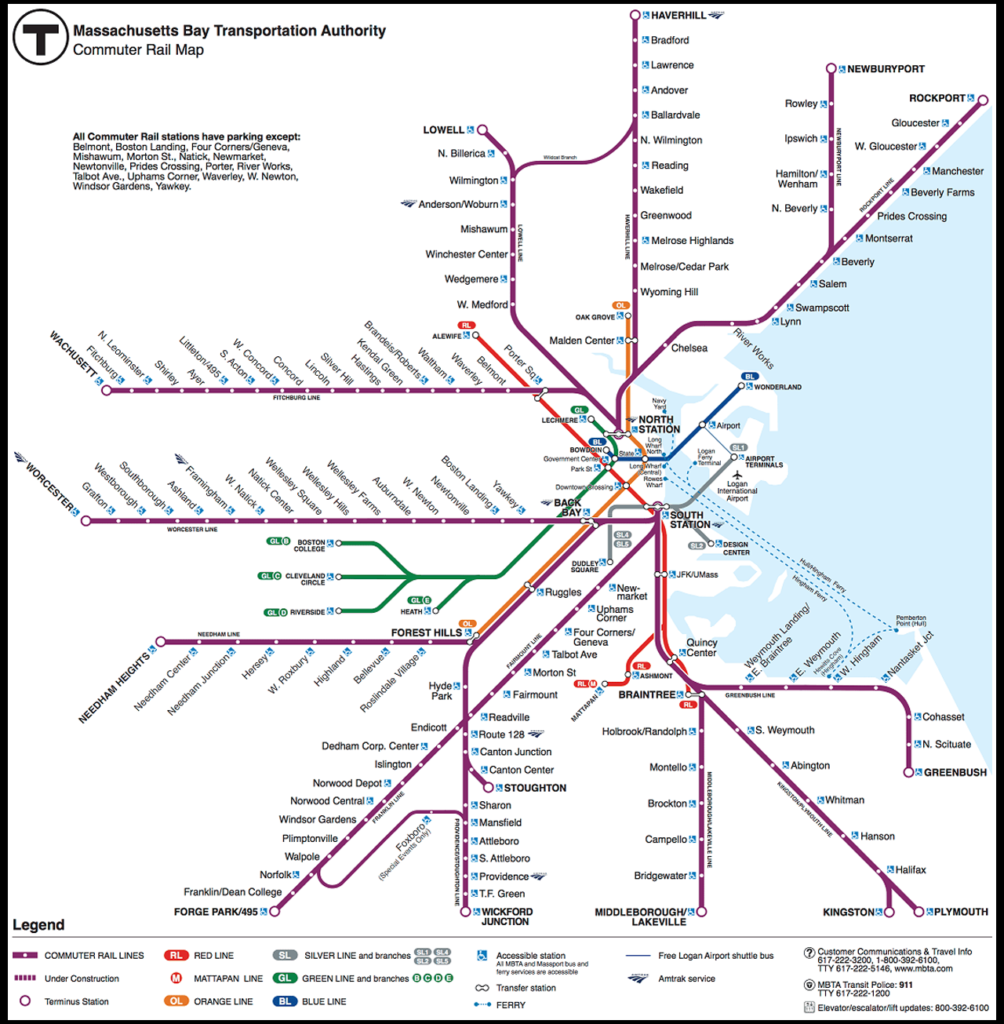
The MBTA Board of Directors in December authorized the start of negotiations for the purchase of approximately 24 acres of land at Widett Circle, located one mile from Boston’s South Station, for a new commuter rail layover yard to service and store trains overnight and between trips. The $255 million purchase has now been completed, the transit authority reported April 12, with funding from the Massachusetts Department of Transportation ($155 million) and the MBTA Capital Investment Plan ($100 million).
According to MBTA, the move will improve commuter rail operations for nine of its 14 commuter rail lines, accounting for two-thirds of all commuter rail service, and is necessary for implementing more frequent service on the Fairmount and Worcester lines, as well as for additional, future regional and urban rail service that would include West-East Rail between Pittsfield and Boston, and South Coast Rail Phase One Service between Boston and Fall River/New Bedford.
Currently, MBTA’s yard in the Readville neighborhood of Boston is the layover facility closest to downtown Boston, located nine miles away from South Station. As a result, MBTA said, trains that are not in passenger service must travel back and forth along the Fairmount Line “creating a burden on resources including train crews, additional costs associated with the use of fuel, as well as the potential for creating congestion along the line.”
A new central location for the layover yard “will allow trains to begin and end service from each corridor more efficiently,” according to the transit authority. “By adding a layover yard that is only one mile from South Station, the MBTA will be able to reduce its ‘deadhead’ miles by more than 50,000 miles per year, reducing operating costs by shortening trips to and from the layover yard and increasing capacity for trains in passenger service.”
Design work is expected to incorporate resiliency measures as well as considerations for improving stormwater drainage.
“Completing the acquisition of Widett Circle is a major step forward toward our goals of improving commuter rail service in the near term as well as the future vision for rail that is more frequent, reliable, and better positioned to embrace new and greener technology,” said MBTA General Manager Phillip Eng, who recently took on the top job. “This complex process was only successful thanks to the collaborative efforts involving the T, MassDOT, and the city of Boston. I look forward to continued progress in providing the kind of service our customers expect and deserve.”
SEPTA on April 11 released a proposed FY 2024 capital budget of $976 million as well as a FY 2024-35 capital program (see above), which it said represents the largest-ever system-wide investment of $12.6 billion.
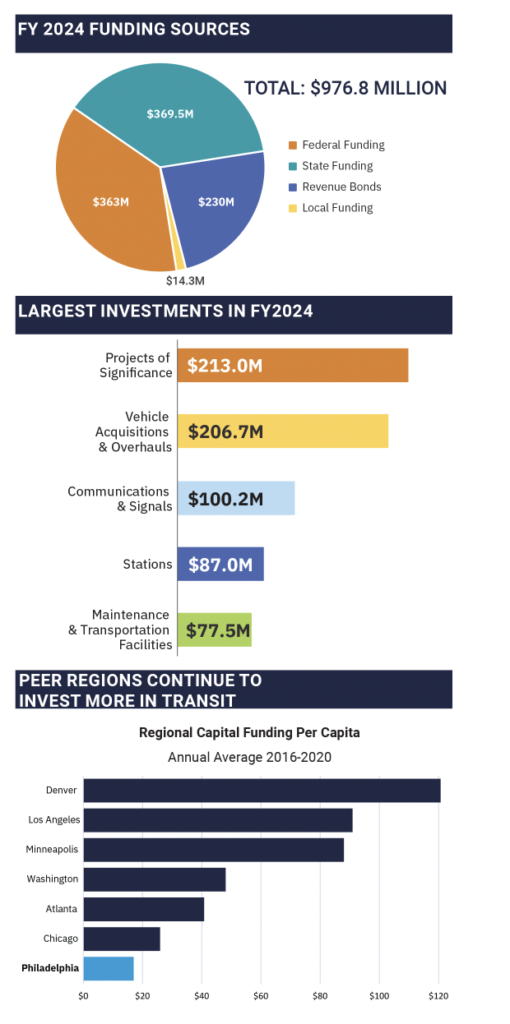
There will be two public hearings next month on the capital budget, which is just shy of last year’s billion-dollar plus budget. The SEPTA Board will consider the proposal in June. If approved, it will go into effect with the start of FY 2024 on July 1.
According to the transit authority, the Capital Program advances several of its strategic plan’s (SEPTA Forward) initiatives, including:
Trolley Modernization: $1.63 billion for vehicle acquisition and infrastructure upgrades. (SEPTA on Feb. 23 awarded a contract to Alstom Transportation, Inc., for 130 new Citadis™ light rail vehicles, with an option to order up to 30 more. The base order is valued at approximately $714 million.)
Market-Frankford Line Railcar Replacement: $950 million for vehicle acquisition, infrastructure upgrades and a new signal system.
Regional Rail Fleet Replacements: $650 million to initiate the replacement of 50-year-old railcars.
Wayfinding Improvements: $40 million for signage, real-time information and website/mobile app upgrades.
State of Good Repair and Safety: $3.6 billion to rehabilitate and modernize the legacy system for a state of good repair.
Accessibility for All: Nearly $1 billion to provide full ADA accessibility at 45 rail transit and regional rail stations over the next 12 years. By the end of this 12-year program, 100% of subway/elevated and trolley stations will be ADA accessible.
Bus Revolution: $163 million for end-of-line facilities and transit prioritization improvements.
“Thanks to new and expanded funding sources, this Capital Program reflects a strong commitment to transit,” SEPTA reported. “The Infrastructure Investment and Jobs Act (IIJA) and newly bondable state funding under Act 89 form the core of this budget.”
“Despite higher-than-ever funding levels, we are still not keeping up with our peers or even our own backlog of needs,” SEPTA General Manager and CEO Leslie S. Richards said. “SEPTA still requires additional state and local resources to maximize billions of dollars in federal competitive funds that are available under the IIJA. We are determined not to leave any money on the table.”
According to the transit authority, its State of Good Repair backlog has grown to $5.1 billion, up from $4.6 billion, “largely due to the impacts of inflation on the cost of materials and construction.”
SEPTA last month sidelined the King of Prussia Rail Project, which it said “fell victim to rising construction costs and a lack of state and local resources to match available federal funding.”
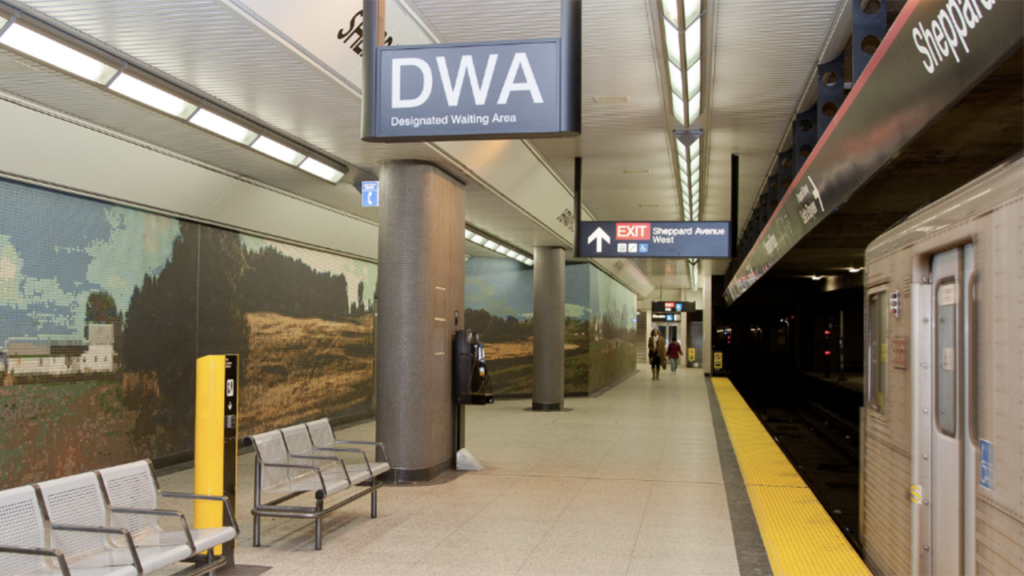
Rogers Communications Inc. on April 10 reported entering into an agreement to acquire BAI Communications’ Canadian operations (BAI Canada), which held the exclusive rights since 2012 to build TTC’s wireless network. With this acquisition, Rogers said it will now be able to undertake the investments required to build a comprehensive 5G network for the entire TTC subway system, which will also ensure rider access to 911 services. Currently, TTC users with any mobile provider can call 911 only where the cellular network exists—on station platforms, concourses and approximately 25% of the tunnels—so Rogers said it “will work to quickly address gaps.”
The 5G network build is expected to take place in phases over approximately two years, reflecting “limited overnight construction windows available,” according to Rogers, which noted that extensive fiber network and radio equipment upgrades are needed.
The completed 5G network will deliver “seamless wireless coverage with mobile voice and data services” in all 75 stations and nearly 49 miles (80 kilometers) of the subway system.
Rogers said that its acquisition of BAI Canada is expected to close in the next two weeks.
